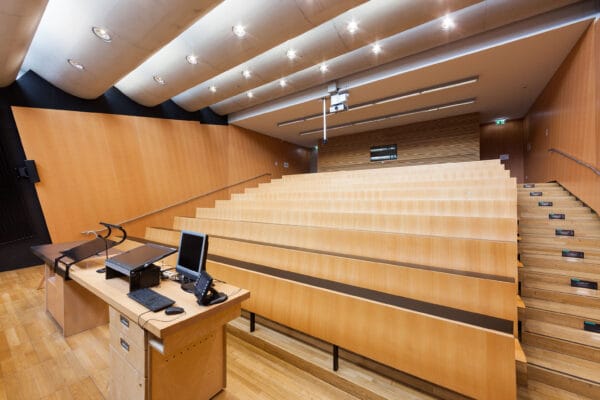
NAME:
SOWI - HS 2
BUILDING:
SOWI
FLOOR:
0
TYPE:
Lecture Hall
CAPACITY:
80
ACCESS:
Only Participants
EQUIPMENT:
Beamer, PC, WLAN (Eduroam), Overhead, Flipchart, Blackboard, Sound System, Handicapped Accessible, Light Installation
In the Pamir Mountains exist some of the largest glaciers in the whole High Mountain Asia, covering extensive areas at high elevations. Recent glacier mass balance conditions in this region are considerably less negative than in most other parts of the world, which is widely known as the “Pamir-Karakoram anomaly”. However, it is particularly challenging to estimate long-term climate trends in the Pamir area, because of both the scarcity of observational data and the lack of performances of atmospheric models over glacierized areas of complex topography. To address these challenges, the regional climate model MAR has been used to generate a high-resolution atmospheric reanalysis covering the last decades for the Pamir mountains. The model is driven at its upper and lateral boundaries by ERA5 reanalyses, and is calibrated and validated using both local observations and remote sensing. Specifically, a recent field campaign has gathered new meteorological and glaciological data from various high-altitude sites on the Fedchenko Glacier. These efforts aim to enhance our understanding of glacier mass balance dynamics in the Pamir mountains, contributing valuable insights given the region’s unique climatic conditions and terrain challenges.

We and use cookies and other tracking technologies to improve your experience on our website. We may store and/or access information on a device and process personal data, such as your IP address and browsing data, for personalised advertising and content, advertising and content measurement, audience research and services development. Additionally, we may utilize precise geolocation data and identification through device scanning.
Please note that your consent will be valid across all our subdomains. You can change or withdraw your consent at any time by clicking the “Consent Preferences” button at the bottom of your screen. We respect your choices and are committed to providing you with a transparent and secure browsing experience.